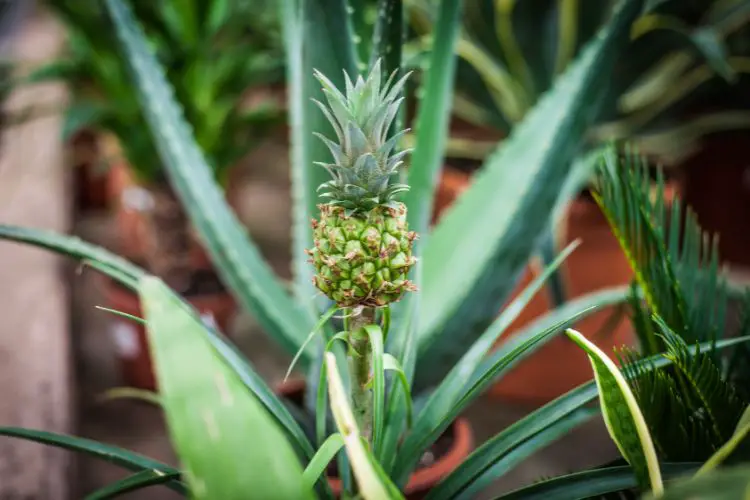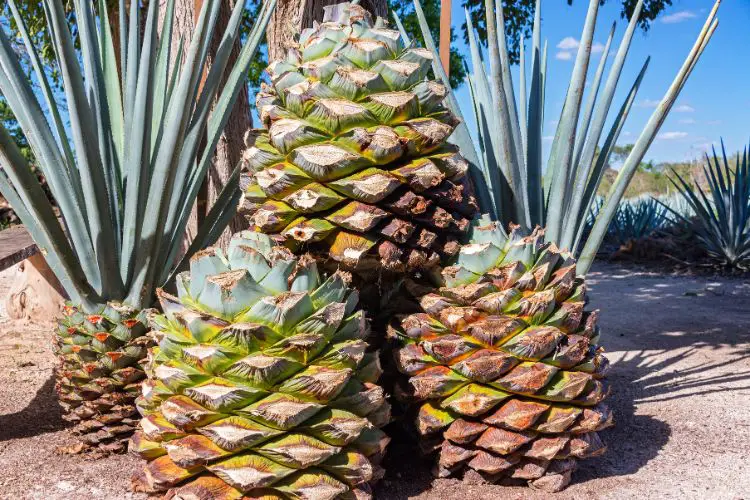Discover the secrets to cultivating your very own tropical delight with our comprehensive guide on how to grow pineapples at home. From the ideal growing conditions to the step-by-step planting process, care tips, and harvesting, this article is your go-to resource for starting your own pineapple garden. Perfect for home gardeners looking to add a touch of the tropics to their backyard oasis!
Understanding Pineapple Planting

When it comes to growing pineapples at home, it’s essential to understand the planting process and the ideal conditions for their growth. Here’s a comprehensive guide to help you get started.
Plus, we’ll cover important factors such as soil requirements, sunlight exposure, and watering needs to ensure your pineapple plants thrive. Whether you’re a beginner or experienced gardener, this guide will equip you with the knowledge and confidence to successfully cultivate your own delicious pineapples at home. Get ready to enjoy the sweet rewards of growing your own tropical fruit!
Selecting the Right Pineapple Variety for Home Growing
Before you start growing pineapples at home, it’s important to choose the right variety. The most common variety for home cultivation is the “Smooth Cayenne” pineapple, known for its sweet and juicy fruit. This variety is well-suited for growing in containers or directly in the ground.
Ideal Growing Conditions for Pineapples
Pineapples thrive in warm, tropical climates, but they can also be grown in pots indoors or in greenhouses in cooler regions. They require well-draining soil and plenty of sunlight, so it’s best to place them in a sunny spot with at least six hours of sunlight per day. The ideal temperature for growing pineapples is between 65°F and 95°F (18°C to 35°C).
Preparing the Planting Site for Pineapples
When preparing the planting site for pineapples, make sure the soil is well-draining and slightly acidic, with a pH level between 4.5 and 6.5. If you’re planting in a pot, choose a container that is at least 5 gallons in size to allow the pineapple plant to grow comfortably.
Planting Pineapples Step by Step
Now that you’ve selected the right variety and prepared the planting site, it’s time to start planting your pineapples at home.
Propagating Pineapples from the Crown
The most common method of propagating pineapples is from the crown of a mature fruit. When cutting the crown, make sure to remove any excess fruit flesh and allow it to dry for a few days to prevent rotting.
Preparing the Crown for Planting
After the crown has dried, it’s important to remove the lower leaves to expose the stem. This step is crucial for promoting easier root development once the plant is planted.
Planting the Pineapple Crown in the Soil
When planting the pineapple crown, make a small hole in the soil and place the crown in it, ensuring that the base of the crown is in contact with the soil. Water the plant thoroughly after planting.
Caring for Your Pineapple Plant

Caring for your pineapple plant is essential for its growth and fruit production. Ensure that the plant receives adequate sunlight, and water it regularly, allowing the soil to dry out between waterings. Fertilize the plant every 2-3 months with a balanced fertilizer to provide essential nutrients for healthy growth. Keep an eye out for pests and diseases, and take necessary measures to protect your pineapple plant. With proper care and attention, you’ll soon be enjoying the delicious fruits of your labor as your pineapple plant matures and bears fruit.
Watering and Fertilizing Pineapples
Pineapples require regular watering, especially during dry periods. However, it’s important not to overwater, as this can lead to root rot. Fertilize the plant with a balanced fertilizer every 2-3 months to provide essential nutrients for growth.
Managing Pests and Diseases in Pineapple Plants
Keep an eye out for common pests such as mealybugs and scale insects, and treat them promptly to prevent damage to the plant. Additionally, watch for signs of fungal diseases such as root rot and leaf spot, and take appropriate measures to control them.
Pruning and Mulching Pineapple Plants
Pruning your pineapple plant is important to remove any dead or damaged leaves, as well as to promote healthy growth. Use clean and sharp pruning shears to make clean cuts and avoid damaging the plant. Mulching around the base of the pineapple plant can help retain moisture, suppress weeds, and regulate soil temperature, creating optimal growing conditions. By following these steps and providing proper care, you can enjoy a thriving pineapple plant and a bountiful harvest of delicious fruit.
Harvesting and Enjoying Your Homegrown Pineapples
After months of care and patience, it’s time to reap the rewards of your homegrown pineapple plant.
Signs of a Ripe Pineapple
To determine if a pineapple is ripe and ready for harvesting, look for a golden yellow color on the skin and a sweet fragrance at the base of the fruit. The leaves at the crown should also be easy to pluck, indicating that the pineapple is mature. Once harvested, store the pineapple at room temperature for 1-2 days to allow it to fully ripen before enjoying its sweet and tangy flavor. Now that you’ve successfully grown and harvested your own pineapple, you can savor the satisfaction of enjoying a delicious fruit that you nurtured from a small crown to a fully mature plant. Congratulations on your successful pineapple cultivation!
Harvesting Pineapples at the Right Time

Harvesting pineapples at the right time is crucial for enjoying the best flavor and sweetness. It’s important to wait until the pineapple is fully ripe before harvesting, as it will not continue to ripen once picked. Look for a golden yellow color on the skin, a sweet fragrance at the base of the fruit, and easily pluckable leaves at the crown to determine if the pineapple is ready to be harvested. Once harvested, allow the pineapple to ripen at room temperature for 1-2 days before enjoying its delicious flavor. With these careful harvesting practices, you can fully enjoy the sweet and tangy taste of your homegrown pineapple.
Enjoying the Fruits of Your Labor: Eating Your Homegrown Pineapple
After harvesting, remove the crown and enjoy the delicious fruit. Freshly harvested pineapples can be eaten as is, used in fruit salads, or juiced for a refreshing tropical drink.
Now that you have a comprehensive guide on how to grow pineapples at home, it’s time to put your knowledge into practice and start your own pineapple garden. With the right care and attention, you can enjoy the sweet rewards of homegrown pineapples in no time.
